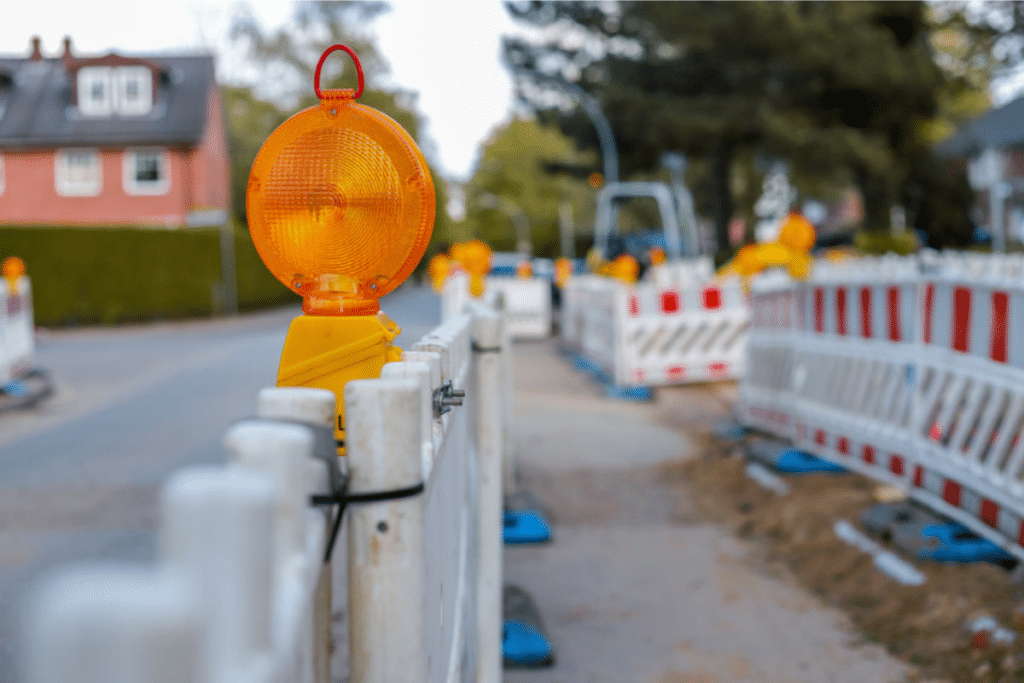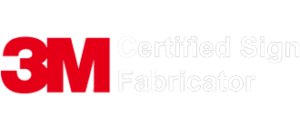In any industry, the safety of employees is critical to the success of a company. Failure to meet safety standards can result in the company losing sales, filing for bankruptcy, or potentially even going out of business.
So, who is responsible for safety in the workplace? Who is in charge of safety precautions for one of the most dangerous jobs in the U.S.? In this article, we will give a rundown on who should oversee construction safety and what safety techniques they might use.
Who Is Responsible for Safety in the Workplace?
The Occupational Safety and Health Administration, or OSHA, regulates workplace safety. OSHA creates standards that determine safe working practices for each industry. For example, the administration dictates what a highway work zone should look like.
While OSHA determines the safety standards, primary contractors at each site are responsible for employee well-being. In addition, the contractor may assign safety officers or supervisors to ensure OSHA’s standards are met on-site.
Note that OSHA has different regulations for indoor welding, crane operator certification, protecting communication tower workers, and more. So how do safety regulations protect construction workers?
How to Communicate Safety in the Workplace
Safety begins with effective training. It all starts when employees are educated on the potential hazards they face on the worksite. In construction zones, OSHA focuses on construction’s four main hazards – fall hazards, caught-in hazards, struck-by hazards, and electrocution hazards. Employees should be trained accordingly to understand how to minimize risks for themselves and others.
Contractors and safety officers should understand how conditions might change throughout the day as well as hazards associated with each task. Weather, lighting, traffic flow, and other factors can vary depending on the time of day, too.
Whoever’s in charge should communicate safety instructions during both new-hire trainings and regular small training meetings throughout the week. Contractors and safety officers may decide to hold 15-minute safety training sessions each week or as often as necessary. Safety signage and regular safety checks are also effective ways to communicate safety with employees.
Safety Equipment for Highway Construction
Signage is especially important for highway construction. From 2003 to 2019, there were, on average,124 work-related deaths per year at road construction sites in the U.S.
Construction signs can safely direct traffic around construction sites. When roads are closed, drivers might get disoriented if they aren’t given directions. Keeping traffic a safe distance away from the construction site can reduce risks for employees and give them appropriate space to work.
Who Benefits Most from Workplace Safety Regulations?
Everyone can benefit from workplace safety regulations. It’s simple enough.
- Employees benefit because of a decreased risk of injury. Companies can also benefit from involving their workers in worker participation, which allows staff to participate in the process of creating and improving safety programs.
- Employers benefit from workplace safety because they won’t be penalized for not following OSHA regulations and standards. Business owners can also avoid exhaustive healthcare expenses and worker’s compensation costs if fewer employees are injured.
- Drivers benefit from improved workplace safety in highway construction. When workers are safe and healthy, construction projects tend to progress more quickly. That means roads can be reopened faster and drivers can worry less about navigating construction zones.
Examples of Workplace Safety in Construction

A variety of signs can be used for construction site safety. Here are some examples of safety equipment you may use for construction zones:
- Advisory speed limit signs to help reduce traffic speeds around construction zones
- Road work ahead and detour ahead signs to warn drivers of upcoming construction and to help redirect traffic
- Lane transition signs to alert drivers of closed lanes and necessary merges
- Crash cushions to protect workers from accidents
- Warning signs to warn of overhead cranes and power lines
Different types of safety equipment are applicable for different construction zones, so learn what equipment is best for your site. We’re happy to answer any questions.
Shop Safety Equipment at Interwest Safety Supply
At Interwest Safety Supply, we understand the importance of workplace safety. In our efforts to improve construction safety, we have provided high-quality traffic safety equipment and signs to the highway construction industry for over forty years.
Our services are ideal for highway construction companies, government agencies, and private enterprises. To view our product catalog, or to learn more, click here!







